AI Agent Basics
Advanced Automation: When You Should be Implementing AI Agents for Your Business

Automation is straightforward and predictable. The same process is repeated with consistent results. But what if you want slightly different results each time? Instead of the same email response getting sent every time, what if the automation tool could personalize each email based on its context? This is the role of AI agents.
These agents, much like basic automation tools, can automate tasks, improve efficiency, and help you grow your business with less effort. However, AI agents are more advanced than basic automation tools because while the tools follow a specified process that is executed the same way every time, AI agents can analyze data, learn from interactions, and make decisions.
Here are the key differences:
Basic Automation Tools
- Rule-Based: Operate using predefined workflows (e.g., “If this happens, then do that”).
- No Learning Ability: They follow programmed instructions but do not improve over time.
- Task-Oriented: Handle repetitive tasks like email automation, data entry, or scheduling.
- Examples: Zapier, Make, IFTTT.
Example: A small business owner sets up a Zapier workflow to automatically send a welcome email when a new customer signs up. This process happens every time without variation.
AI Agents
- Intelligent & Adaptive: Use machine learning and natural language processing (NLP) to understand context and improve over time.
- Decision-Making Ability: Can analyze data, predict outcomes, and make recommendations.
- Handles Complexity: Can engage in conversations, answer customer inquiries, and adjust responses based on user behavior.
- Examples: ChatGPT (for customer support), Reclaim.ai (for smart scheduling), HubSpot AI (for personalized marketing).
Example: An AI-powered chatbot on a business website answers FAQs, recognizes patterns in customer questions, and improves responses over time. Unlike basic automation, it can hold natural conversations and offer personalized solutions.
Key Takeaway
- If you need simple, repetitive task automation, go for basic automation tools.
- If you need adaptive, decision-making capabilities, AI agents provide a more intelligent solution.
These AI-powered tools can handle various tasks, including:
- Answering customer inquiries
- Scheduling appointments
- Automating repetitive administrative work
- Managing social media interactions
- Generating reports and insights
Integrating AI agents into your business can free up time, reduce operational costs, and enhance your customer experience—all without needing advanced technical knowledge.
Ways AI Agents Can Help Service-Based Businesses
1. AI-Powered Chatbots for Customer Support
Example: A local cleaning service integrates an AI chatbot like Tidio or Drift on their website to answer common questions, provide instant quotes, and schedule bookings—freeing up their time while ensuring no customer inquiry goes unanswered.
2. Smart Appointment Scheduling
Example: A personal trainer uses an AI scheduling assistant like Calendly with AI capabilities to handle client bookings, send automated reminders, and reschedule appointments, eliminating back-and-forth emails.
3. AI Virtual Assistants for Admin Work
Example: A freelance consultant employs ChatGPT or Reclaim.ai to draft emails, generate reports, and set task reminders—reducing admin workload by hours each week.
4. AI-Driven Social Media Management
Example: A beauty salon uses SocialBee or Buffer AI to automatically create, schedule, and engage with social media posts, maintaining a consistent online presence without constant manual effort.
5. AI for Automated Invoicing and Payment Reminders
Example: A small law firm integrates Zoho Invoice AI to generate invoices, track payments, and send automatic follow-ups, improving cash flow and minimizing late payments.
6. AI for Personalized Marketing Campaigns
Example: A wedding planner uses HubSpot AI or ActiveCampaign to segment leads, personalize email campaigns, and send automated follow-ups based on customer interactions, increasing conversion rates.
How to Get Started with AI Agents
If you’re new to AI, start small. Identify one area of your business that consumes too much time and look for an AI-powered tool that can help. Many AI agents come with free trials and user-friendly interfaces, so you don’t need to be tech-savvy to implement them. And of course, if you need assistance to get started, I would love to help! Reach out so we can discuss an automation and AI plan for your business.



